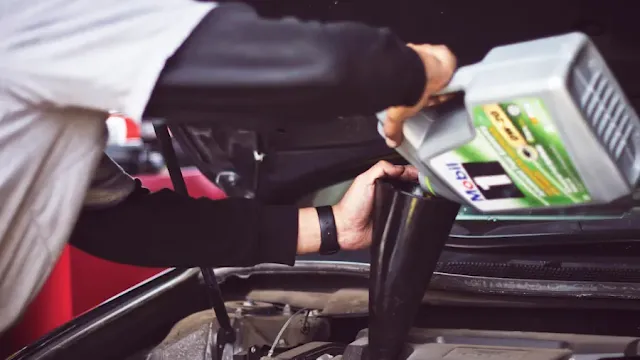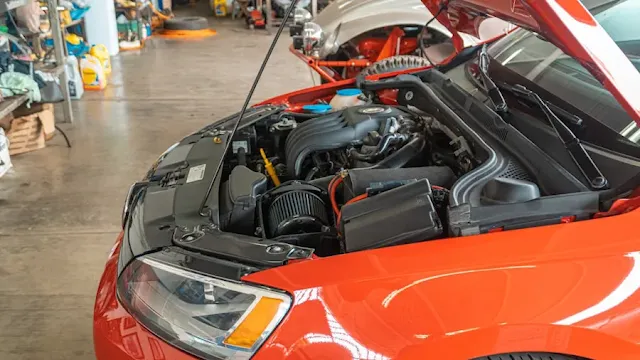New Cars No Longer Have a Spare Tire: What You Need to Know
Is your new car missing a spare tire? hold off on rushing back to the dealership to complain. It's worth noting that many automakers have cut back on including full-sized spares, if they provide them at all. There are several strong reasons why a wide range of vehicles, from the Dodge Charger, BMW and Volkswagen to the Tesla Model X, no longer include spare tires.
As we shift gears into the future of automotive design, a significant trend has been picking up speed: many new cars are ditching the traditional spare tire. This move might come as a surprise to many, but it's becoming increasingly common. Let’s dive into why this is happening and what it means for you, the driver.
It's a cheaper option for car manufacturers to avoid full-size spare tires, which are seen as unnecessary weight and are more expensive than space-saver spares and their alternatives.
If you experience a flat tire on a busy highway, it can be extremely risky to attempt replacing it yourself, even with a full-size spare. The dangers are similar if you find yourself with a flat late at night in an unfamiliar area. In such situations, roadside assistance programs provide a safer and more convenient option. They can quickly dispatch a tow vehicle to your location, offering a hassle-free solution compared to changing a tire under challenging conditions.
The Why: Performance, Space, and Efficiency
The primary reason manufacturers are leaving spare tires out of their new models revolves around weight and space efficiency. A spare tire can add considerable weight to a vehicle, impacting fuel efficiency. In an era where fuel economy and emissions standards are tighter than ever, every pound counts. Removing the spare can save anywhere from 20 to 50 pounds, which helps manufacturers meet these stringent requirements.
Moreover, the space once reserved for a spare tire can now be used for additional storage or more innovative design elements, such as larger battery packs in electric vehicles. This shift is part of a broader movement towards maximizing the efficiency and functionality of every square inch of a car.
Money Saver for Car Manufacturers
Car manufacturers consider full-size spare tires as dead weight and more costly compared to space-saver spares and their alternatives. The expense of a full-size spare, including its larger steel wheel or a replacement tire mounted on a factory rim, can significantly increase a vehicle's production costs. Consequently, eliminating spare tires can lead to higher profits for car manufacturers.
The Replacement: Run-Flat Tires and Tire Repair Kits
So, what are car owners left with instead of a spare tire? The answer largely lies in run-flat tires and emergency tire repair kits. Run-flat tires are designed to allow a vehicle to continue to be driven at reduced speeds (typically under 50 mph) for limited distances (usually up to 50 miles) even after they lose air. This technology provides drivers enough range to safely reach a repair shop or return home without the immediate need for a spare.
Alternatively, many automakers are including tire repair kits in new models. These kits often contain a sealant and a compressor to temporarily fix and inflate a punctured tire. While not a permanent solution, they can be sufficient to get drivers out of a bind and to a service center for proper repair.
What This Means for Drivers
The transition away from spare tires undoubtedly brings a mix of convenience and new challenges. On the positive side, the removal of the spare tire means more trunk space and slightly better fuel efficiency. However, it also means that drivers need to be more prepared. Understanding how to use a tire repair kit or knowing the limitations of run-flat tires is essential. Additionally, depending on where you live or how often you travel in remote areas, you might consider purchasing a full-size spare tire as an additional precaution.
What cars come with a full-size spare?
Several SUVs still come equipped with full-size spare tires. Some notable models include the Subaru Outback Onyx Edition XT, Toyota RAV4 GX, Mitsubishi Outlander, and all Land Rover Discovery models, including the Range Rover Sport and Land Rover Defender 110. These vehicles offer the reliability of a full-size spare, enhancing safety and convenience for drivers who may encounter flat tires away from service areas.
The Debate Continues
While the industry's move towards eliminating spare tires seems to be gaining momentum, not everyone is on board. Some safety advocates argue that removing spares compromises driver safety, particularly in emergency situations where repair kits or run-flat tires might not be adequate. It’s a debate that continues to evolve as technology advances.
Staying Informed
As we look towards the future, staying informed about your vehicle's features and understanding your options becomes more crucial than ever. Whether you're in the market for a new car or adjusting to a recent purchase, it's important to consider how the absence of a spare tire affects your driving experience and safety.
Remember, the road ahead is always changing, and we're here to help you navigate these shifts. Keep tuning in for more updates and insights into the automotive world. Drive safe, stay prepared, and happy motoring!
New Cars No Longer Have a Spare Tire
Do I Need a Wheel Alignment? Or Is It a Dealer Scam?
How long should Tesla tires last?
Is it worth putting nitrogen in your tires?
New Tires at Costco still a Bargain Hunter's Best Bet?
What Happens If You Skip Tire Rotation?

























